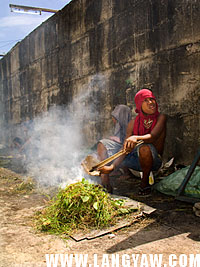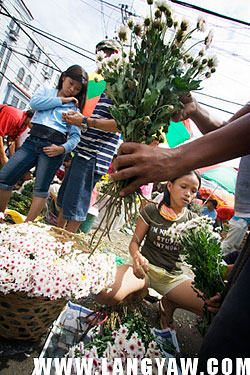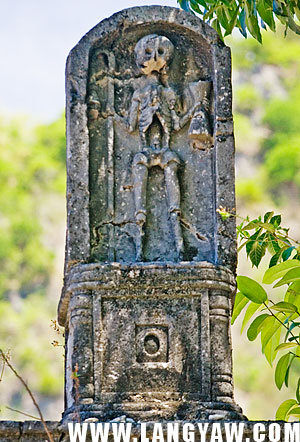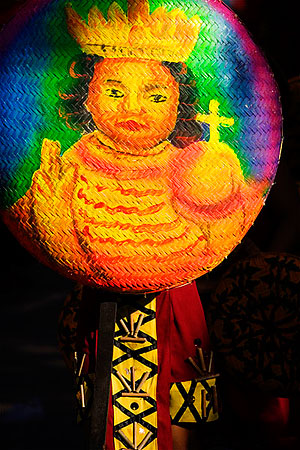At the Calamba cemetery during the day
While some are making last minute travel back to their home province (or probably vacationing at the beach), the first day of November sees cemeteries across the country already abuzz with visitors. In Cebu City, the Calamba Cemetery is one of the biggest in the province and also an opportunity to soak in this time honored tradition.



